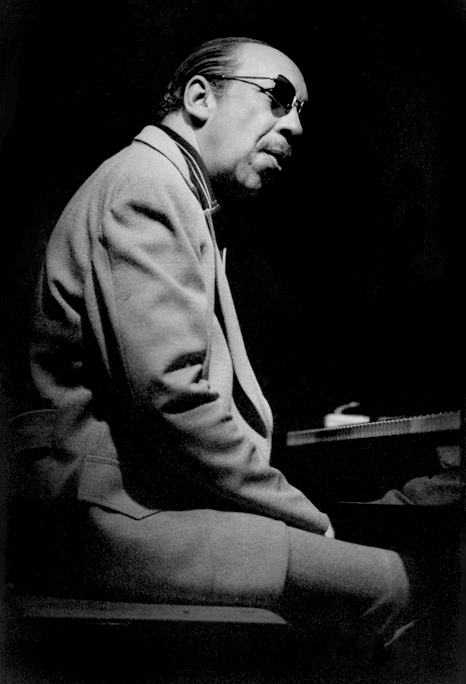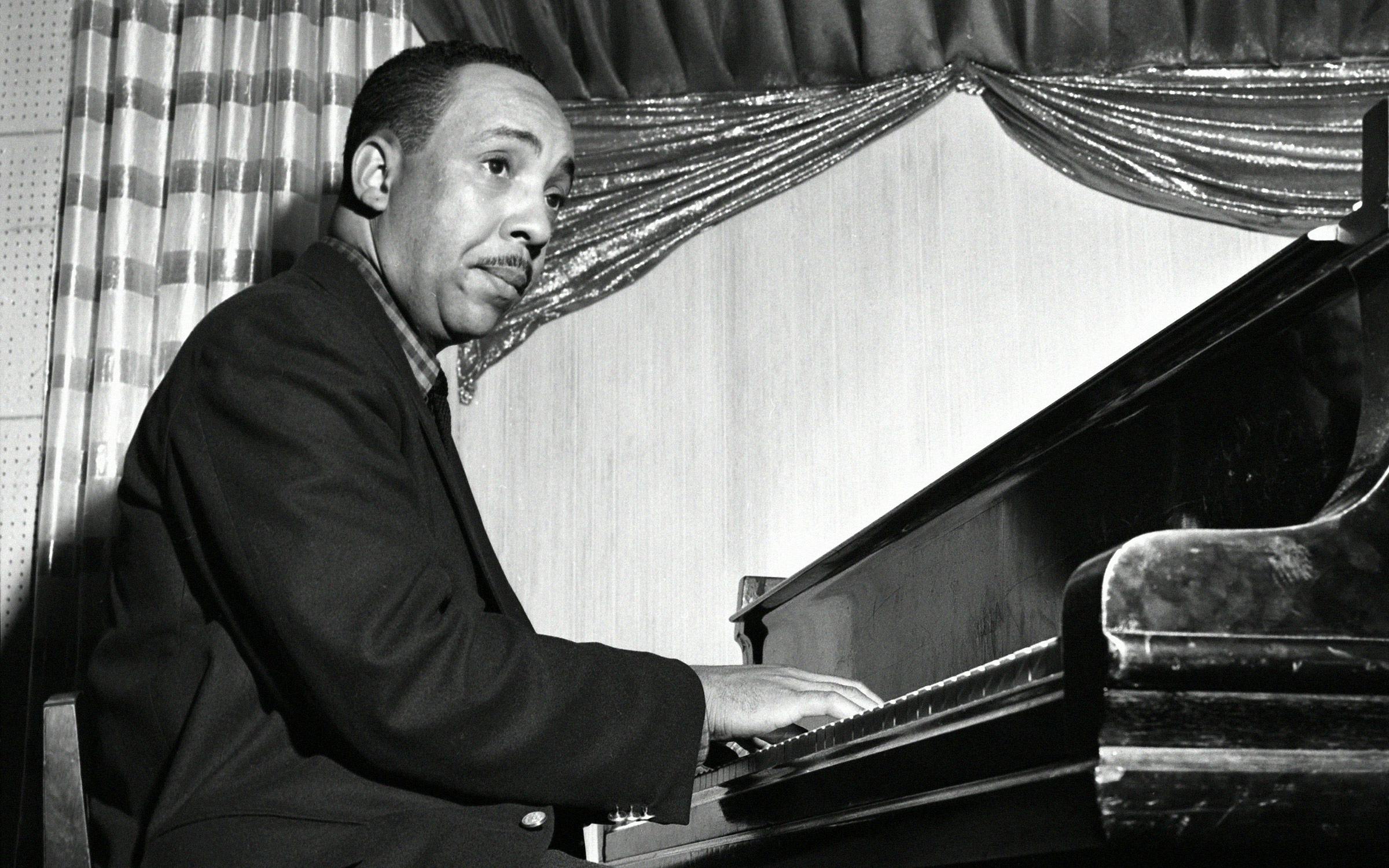Red Garland was a jazz pianist whose life and music epitomized the essence of cool jazz. Born William McKinley Garland on May 13, 1923, in Dallas, Texas, he would later be affectionately known as “Red” due to his striking red hair. Garland’s journey into the world of music began early, learning the basics of piano from his mother, who was a church pianist.
In his teenage years, Garland became enamored with jazz, particularly the swing and bebop styles emerging in the 1940s. He honed his skills by playing in local clubs and jam sessions around Dallas. Garland’s talent and passion for jazz led him to move to New York City in 1946, where he quickly immersed himself in the vibrant jazz scene of the era.
- Jazz Prodigy Origins: Red Garland, born William McKinley Garland in 1923, emerged from the rich musical landscape of Dallas, Texas. He exhibited an early affinity for music, mastering the piano by the age of 18 and catching the attention of local jazz luminaries.
- Legendary Trio with Miles Davis: Garland’s pivotal role in Miles Davis’ first great quintet from 1955 to 1958 solidified his place in jazz history. Alongside Davis, Garland’s piano anchored the group, providing the perfect blend of rhythmic sophistication and harmonic depth.
- Innovative Pianist: Garland was renowned for his distinctive block chord technique, characterized by rich, harmonized melodies played with both hands simultaneously. This innovative approach added layers of texture and complexity to his performances, influencing generations of pianists.
- Blue Note Recordings: Garland’s tenure with the Prestige and Blue Note labels produced a prolific catalog of recordings, showcasing his virtuosity as both a leader and a sideman. His albums such as “A Garland of Red” and “Groovy” remain cherished classics among jazz enthusiasts.
- Versatile Collaborator: Beyond his collaboration with Miles Davis, Garland lent his talents to numerous jazz icons including John Coltrane, Sonny Rollins, and Coleman Hawkins. His ability to adapt to diverse musical contexts underscored his versatility as a musician.
- Lyrical Sensibility: Garland’s playing was characterized by a lyrical sensibility, marked by melodic improvisations that effortlessly traversed the harmonic landscape. His understated elegance and emotional depth resonated with audiences worldwide.
- Influence on Hard Bop: As a leading figure in the hard bop movement of the 1950s, Garland helped shape the genre’s rhythmic vocabulary and harmonic language. His soulful grooves and blues-inflected improvisations became defining elements of the hard bop sound.
- Late Career Resurgence: Despite facing personal challenges, including struggles with substance abuse, Garland experienced a career resurgence in the 1970s. His recordings during this period showcased a matured musical voice, reflecting a lifetime of experience and wisdom.
- Legacy in Education: In addition to his performing career, Garland was a dedicated educator who imparted his knowledge and passion for jazz to future generations. He mentored aspiring musicians, passing down invaluable lessons on improvisation and ensemble playing.
- Eternal Influence: Red Garland’s enduring legacy continues to inspire jazz pianists and enthusiasts alike. His timeless recordings and innovative approach to the piano ensure that his influence will be felt for generations to come, reminding us of the transformative power of music.
Through his distinctive style, groundbreaking recordings, and lasting impact on jazz, Red Garland remains a towering figure in the annals of music history, revered for his contributions to the art form and cherished for the beauty of his musical legacy.


No responses yet